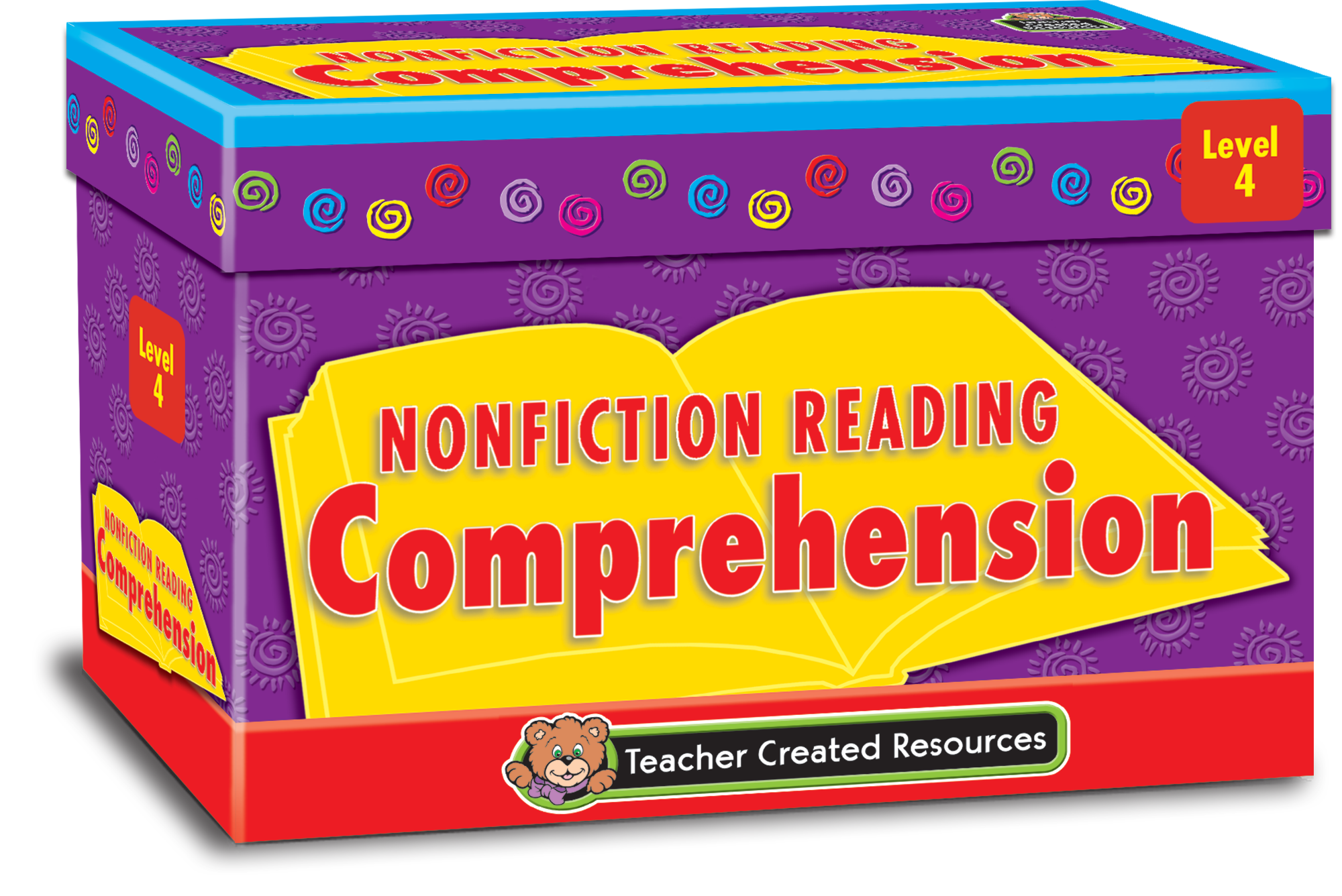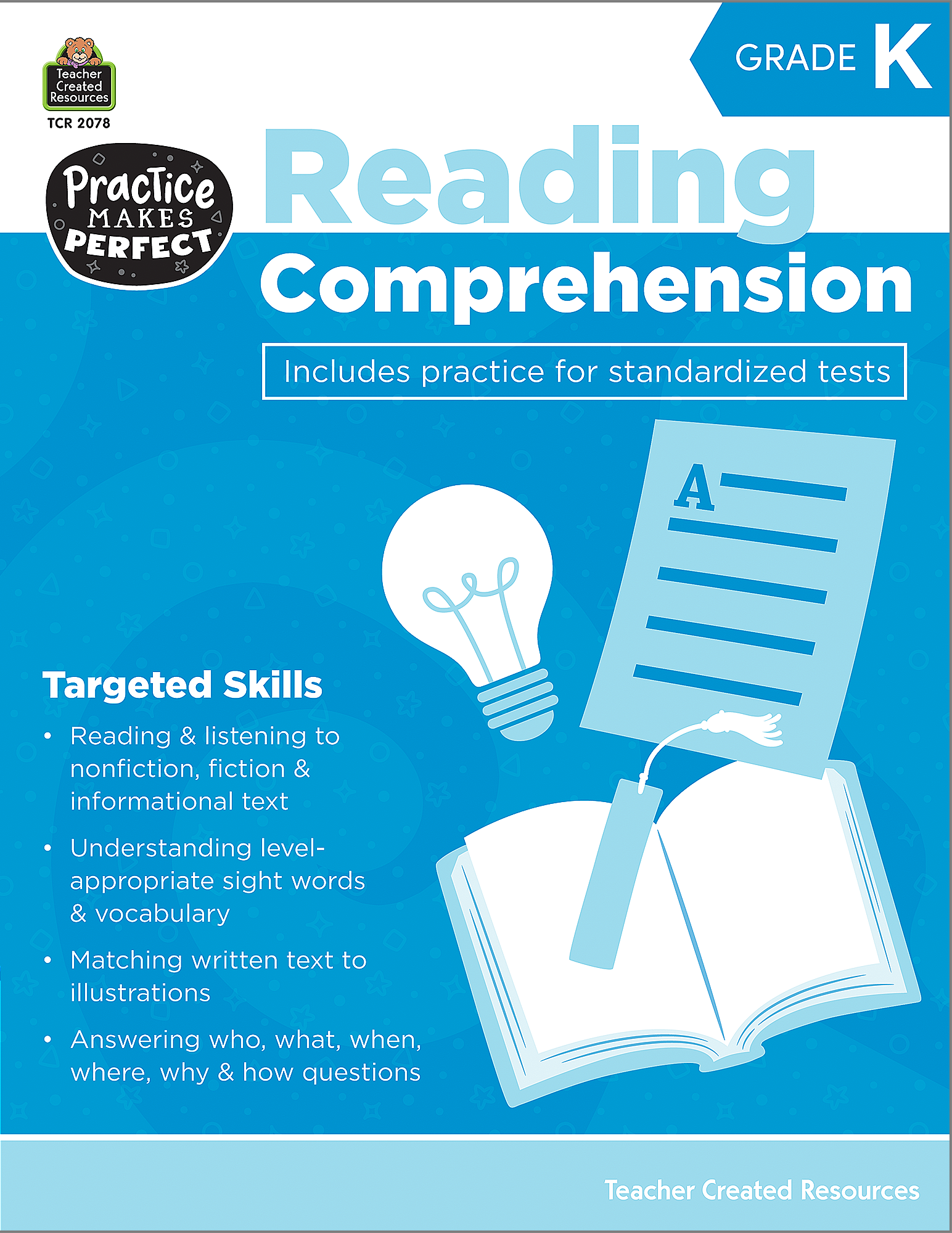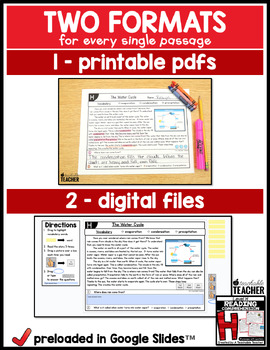

A model of reading-accuracy development is also presented for use in Australian reading instruction.You will waste no time on test day thanks to the practical examples provided in this textbook.u003cspanu003eu003cpu003enu003cbru003enu003cpu003eu003cspan stylefont-weight: 400 u003eJLPT N4 is the first time taking the test for many. Based on the findings of this research, a number of recommendations have been made towards Australian use of DIBELS and TOWRE tests.

The results intimate a need to establish norms for Australian use of the tests, and value in developing specific additional tests. The results from the investigation indicate that both DIBELS and TOWRE tests are suitable for the above stated purposes.
 Building school and teacher effectiveness in instructional decision-making from test-data, to improve reading-accuracy instruction and achievement. Building school and teacher understanding of reading-accuracy development, assessment and instruction. Providing useful qualitative diagnostic data. Providing reliable achievement data for monitoring reading-accuracy achievement at school level. This investigation explores the use of both the DIBELS and TOWRE tests to establish their usefulness in Australian school settings for the following purposes: Current developments such as the publication of the report of the National Inquiry into the Teaching of Literacy (NITL) have given impetus to addressing this issue. This is despite there being readily available rapid-use reading-accuracy tests such as the Dynamic Indicators of Basic Early Literacy Skills (DIBELS, Good & Kaminski, 2002a), and the Test of Word Reading Efficiency (TOWRE, Torgesen, Wagner, & Rashotte, 1999). When compared to western countries such as the USA, Australia has made relatively little use of reading-accuracy tests at the school level. Results are discussed from a developmental perspective for reading comprehension component skills including text reading fluency. There were no differences in the pattern of relations for skilled and less skilled readers in first grade. For first graders, listening comprehension dominated the relations. In addition, text reading fluency was uniquely related to reading comprehension for kindergartners, but not for first graders, after accounting for word reading fluency and listening comprehension. In addition, a developmental pattern emerged: listening comprehension was not uniquely related to text reading fluency for first graders, but not for kindergartners, over and above word reading fluency. Results from multigroup structural equation models showed that text reading fluency was a dissociable construct for both kindergartners and first graders.
Building school and teacher effectiveness in instructional decision-making from test-data, to improve reading-accuracy instruction and achievement. Building school and teacher understanding of reading-accuracy development, assessment and instruction. Providing useful qualitative diagnostic data. Providing reliable achievement data for monitoring reading-accuracy achievement at school level. This investigation explores the use of both the DIBELS and TOWRE tests to establish their usefulness in Australian school settings for the following purposes: Current developments such as the publication of the report of the National Inquiry into the Teaching of Literacy (NITL) have given impetus to addressing this issue. This is despite there being readily available rapid-use reading-accuracy tests such as the Dynamic Indicators of Basic Early Literacy Skills (DIBELS, Good & Kaminski, 2002a), and the Test of Word Reading Efficiency (TOWRE, Torgesen, Wagner, & Rashotte, 1999). When compared to western countries such as the USA, Australia has made relatively little use of reading-accuracy tests at the school level. Results are discussed from a developmental perspective for reading comprehension component skills including text reading fluency. There were no differences in the pattern of relations for skilled and less skilled readers in first grade. For first graders, listening comprehension dominated the relations. In addition, text reading fluency was uniquely related to reading comprehension for kindergartners, but not for first graders, after accounting for word reading fluency and listening comprehension. In addition, a developmental pattern emerged: listening comprehension was not uniquely related to text reading fluency for first graders, but not for kindergartners, over and above word reading fluency. Results from multigroup structural equation models showed that text reading fluency was a dissociable construct for both kindergartners and first graders. 55 reading comprehension for level n4 series#
A total of 98 kindergartners and 170 first graders in Korea were assessed on a series of tasks involving listening comprehension, word reading fluency, text reading fluency, and reading comprehension. In the present study we investigated developmental relations among word reading fluency, listening comprehension, and text reading fluency to reading comprehension in a relatively transparent language, Korean.







 0 kommentar(er)
0 kommentar(er)
